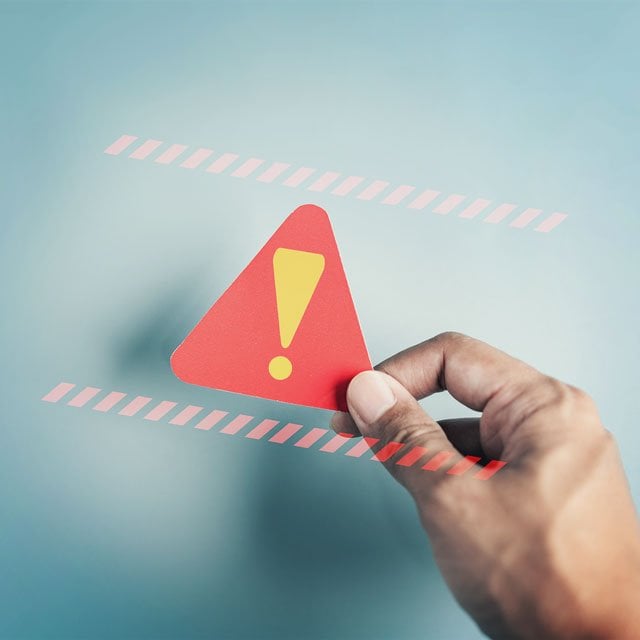Here's What Makes a Rep High Risk: FINRA

Always Evolving
At the end of the day, “this whole identification process is continuous,” Brown said. ”It’s always ongoing and it’s always evolving with market activities.”
FINRA has about 620,000 registered reps, but the number of representatives FINRA has identified as high risk “is a small portion of the industry, as one might expect,” Brown relayed. ”We’re talking about a fraction of a percent.”
The model that FINRA uses to identify potentially risky reps “reviews the full population of 620,000,” Brown said. ”We don’t target it at particular firms or particular parts of the market. It really is a tool that canvasses the entire population of representatives without bias.”
High-Risk Activities
While high-risk activities can include areas such as off-channel communications, investigations have historically covered a broad range of activities and misconduct, Salerno explained.
“Common findings are excessive trading or an undisclosed business activity, or what is known as selling away, which is basically selling securities without the knowledge or approval of your broker-dealer,” Salerno said.
“Depending on the time frame, suitability is a common finding, which is now replaced with Regulation Best Interest and the care obligation,” Salerno added.
Other areas include anti-money laundering or know-your-customer issues and a “very common finding” is a violation of Rule 8210, which “essentially requires representatives to cooperate with FINRA’s investigation.”
Often, “if we’ve touched on something very significant, perhaps something with underlying misconduct that could be criminal, the representatives just won’t cooperate with the investigation,” Salerno said. “If you don’t cooperate with an investigation, then you could be sanctioned on the Rule 8210 and typically would be barred for failure to cooperate.”
Credit: Chris Nicholls/ALM; Adobe Stock






